Maths
We are mathematicians
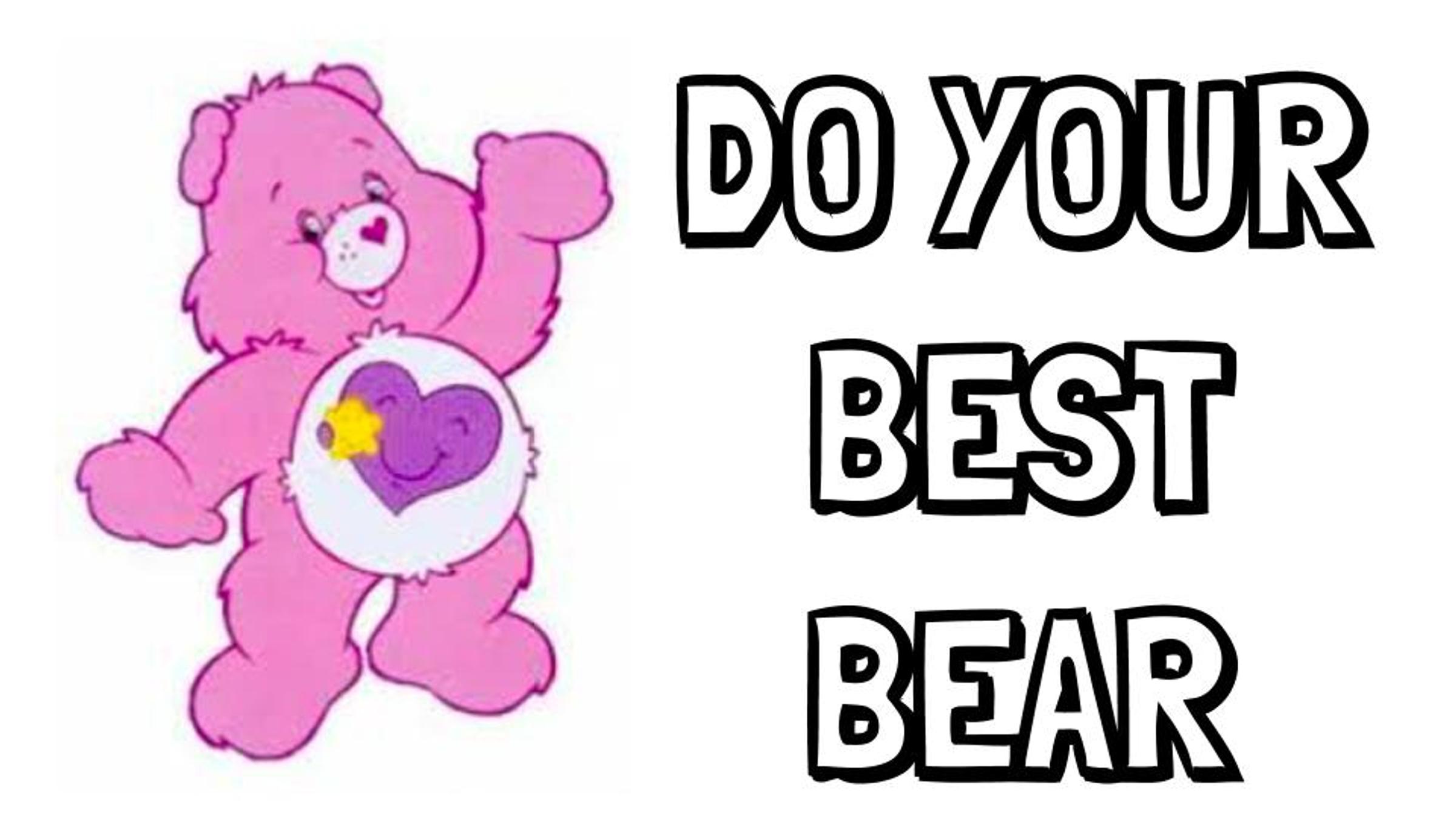
Maths
We are mathematicians
Throughout the week students will work through a variety of Maths activities, some of the activities we have started our year with include:
Mental routines are ten-minute segments at the beginning of the maths lesson. A routine may be repeated with slight variations over a one to two week period. Throughout that time a pattern of questions, behaviours, responses and strategies is repeated. The repetition encourages students to anticipate what is coming and to prepare to participate fully in them. As the days go by extra levels of complexity and challenge are developed without changing the basic nature and structure of the routine. Mental routines are designed to promote an active thoughtful approach to number and also as a tool to developing automaticity with number facts based on deep understanding of the underlying principles and concepts.
Our focus in Semester 1 in these routines will see students ordering and forming numbers 0-20 and being able to understand vocabulary such as digit, larger, smaller, greater than, less than, middle, before and after.
Through these mental routines, we will focus on strategies and be given opportunities to use these through activities involving dice, ten frames, cards and number lines.
These strategies include...
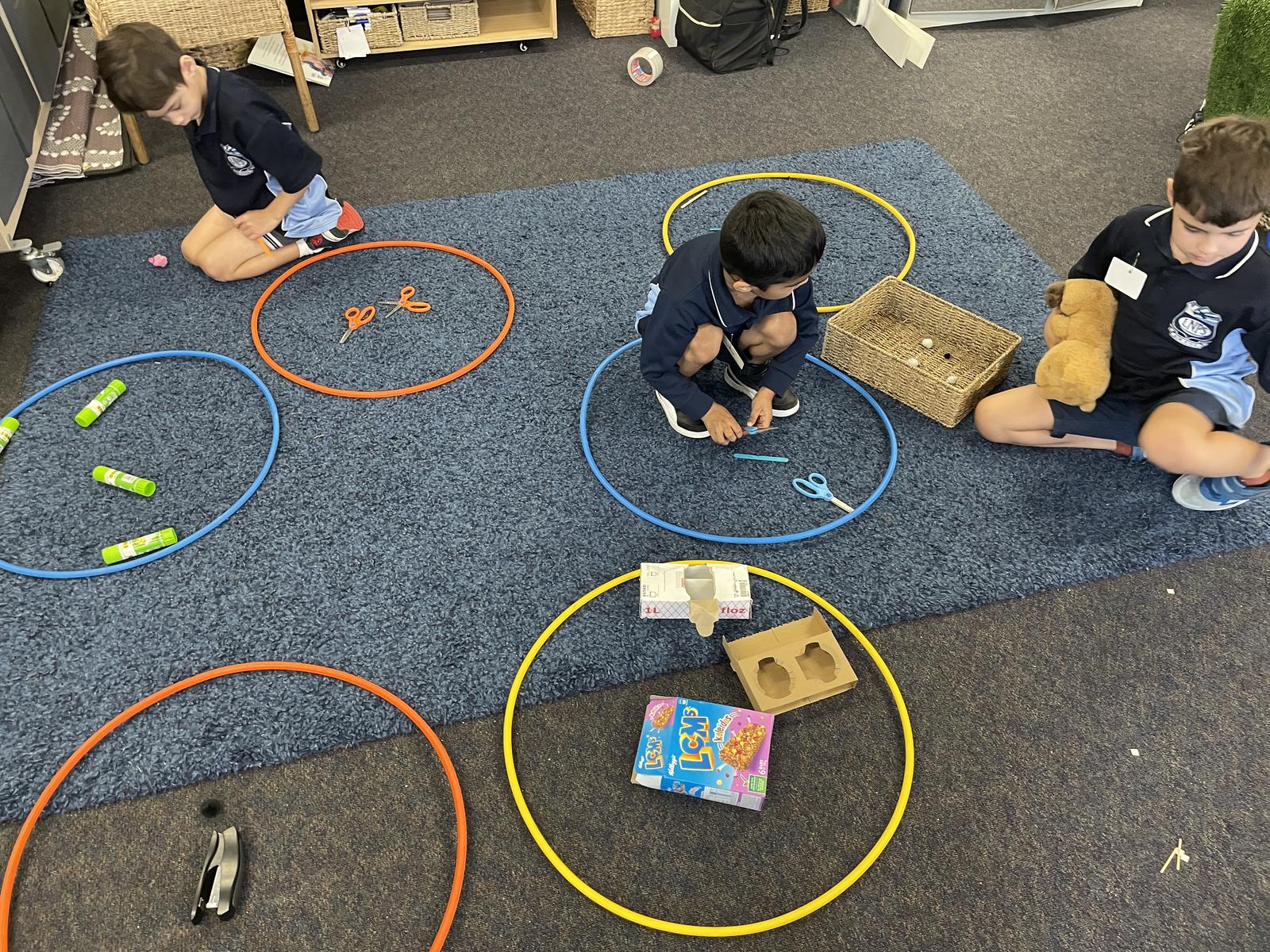
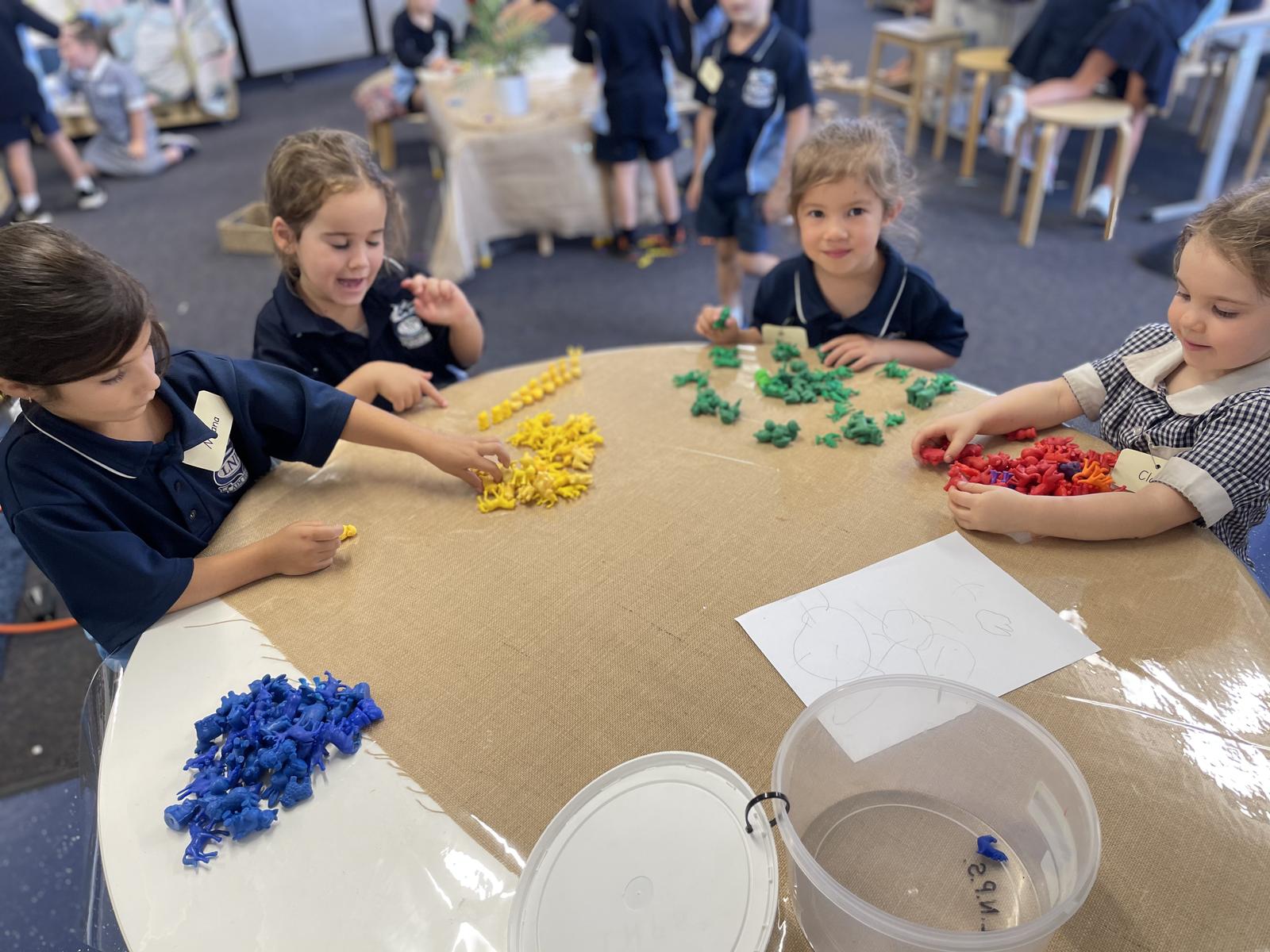
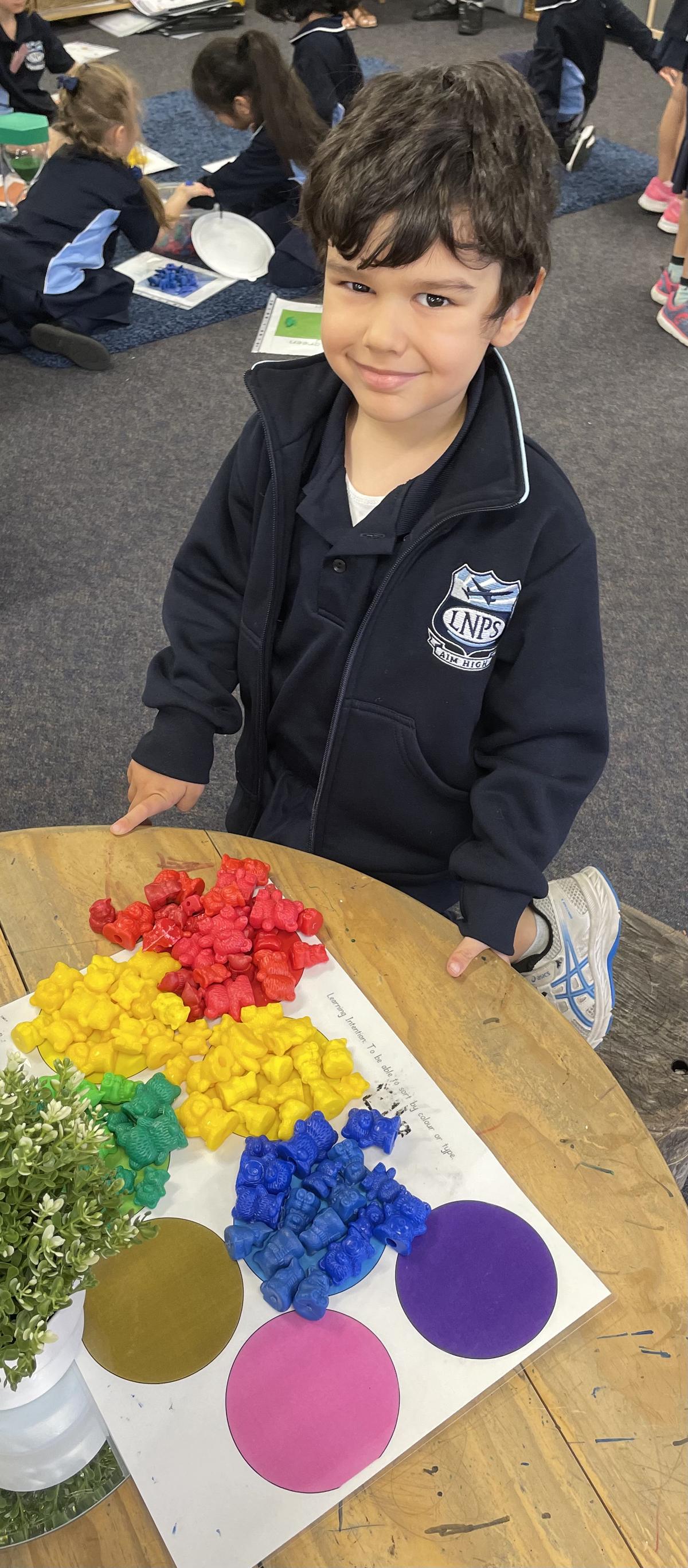
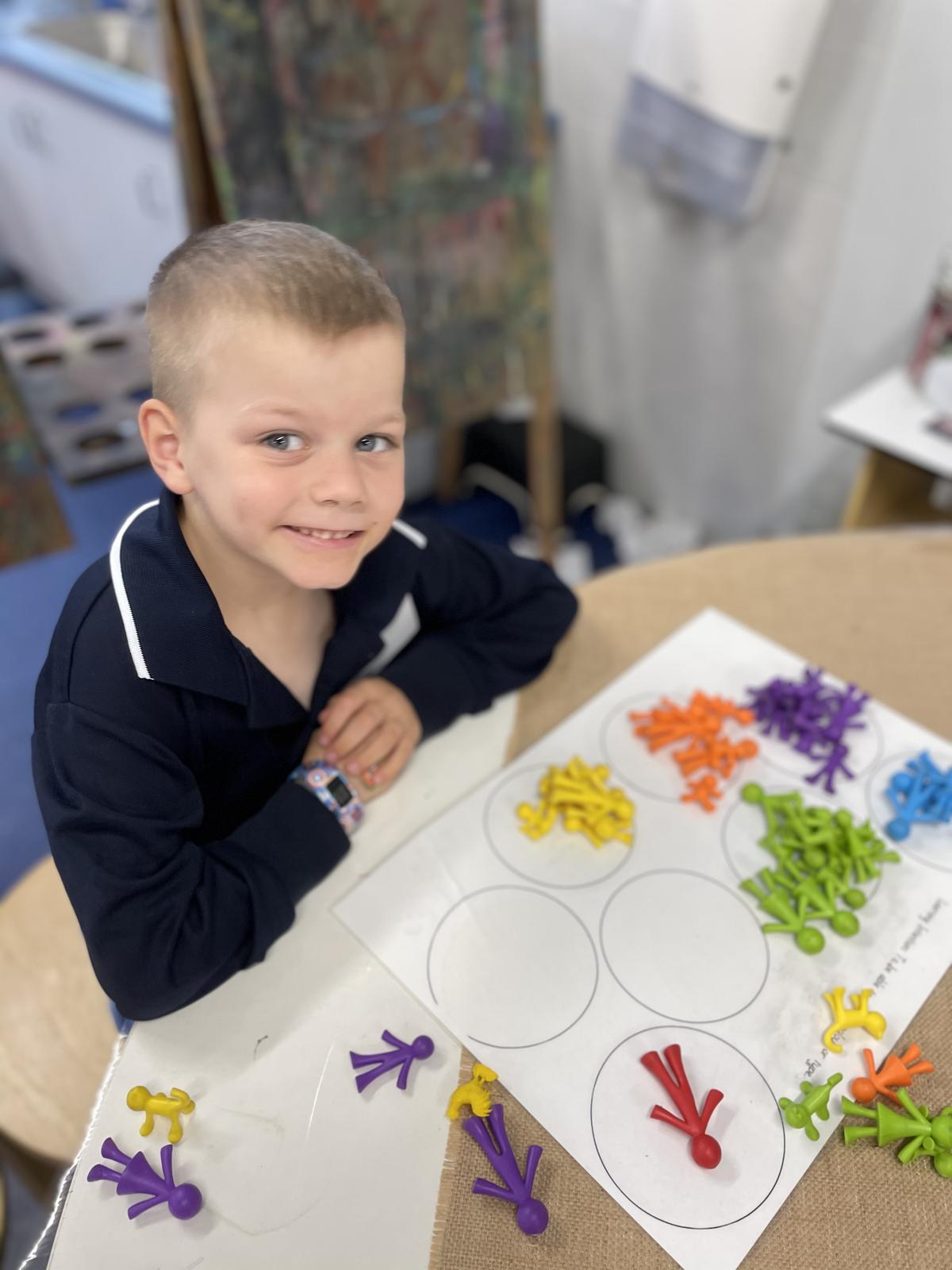
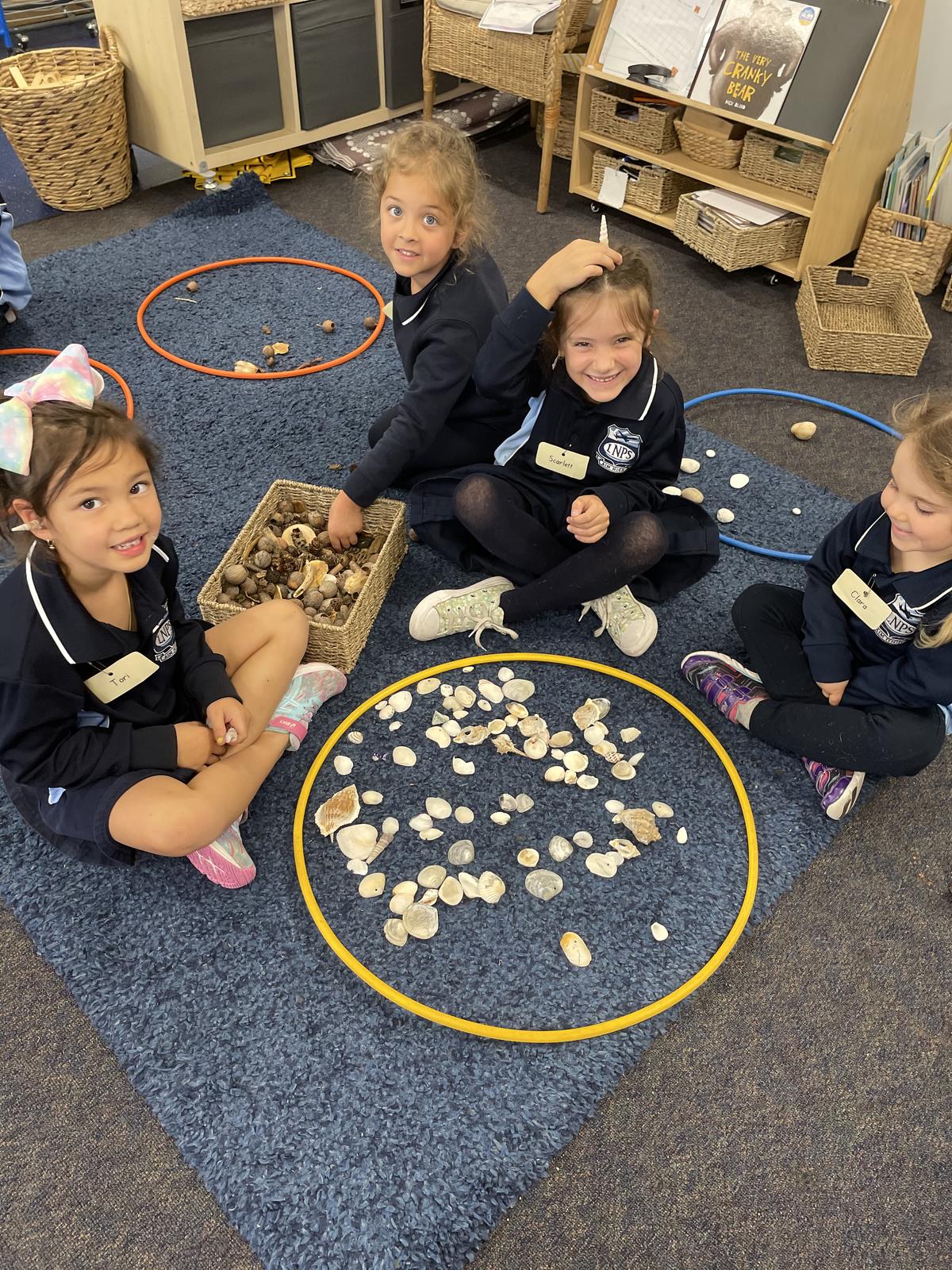
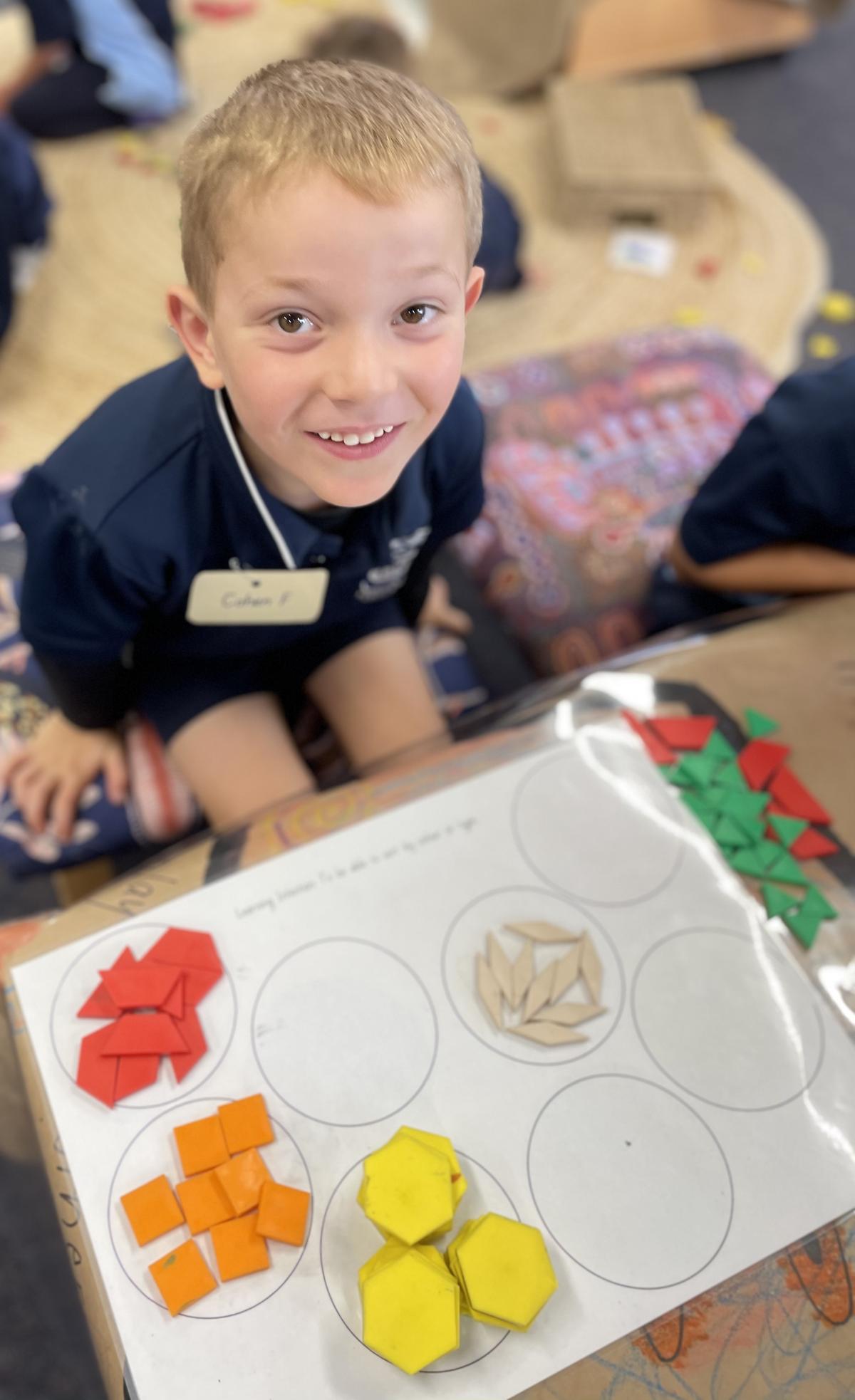
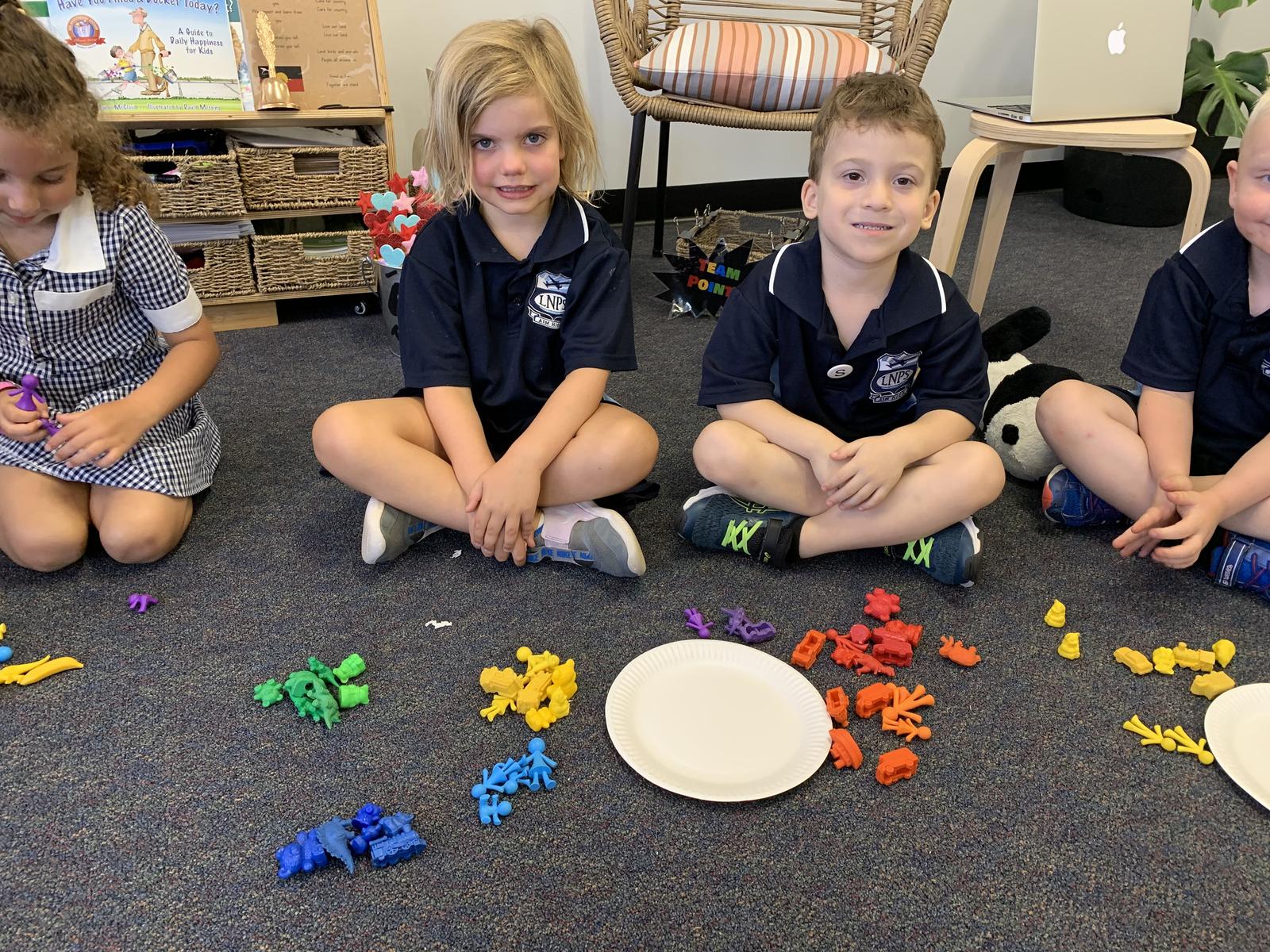

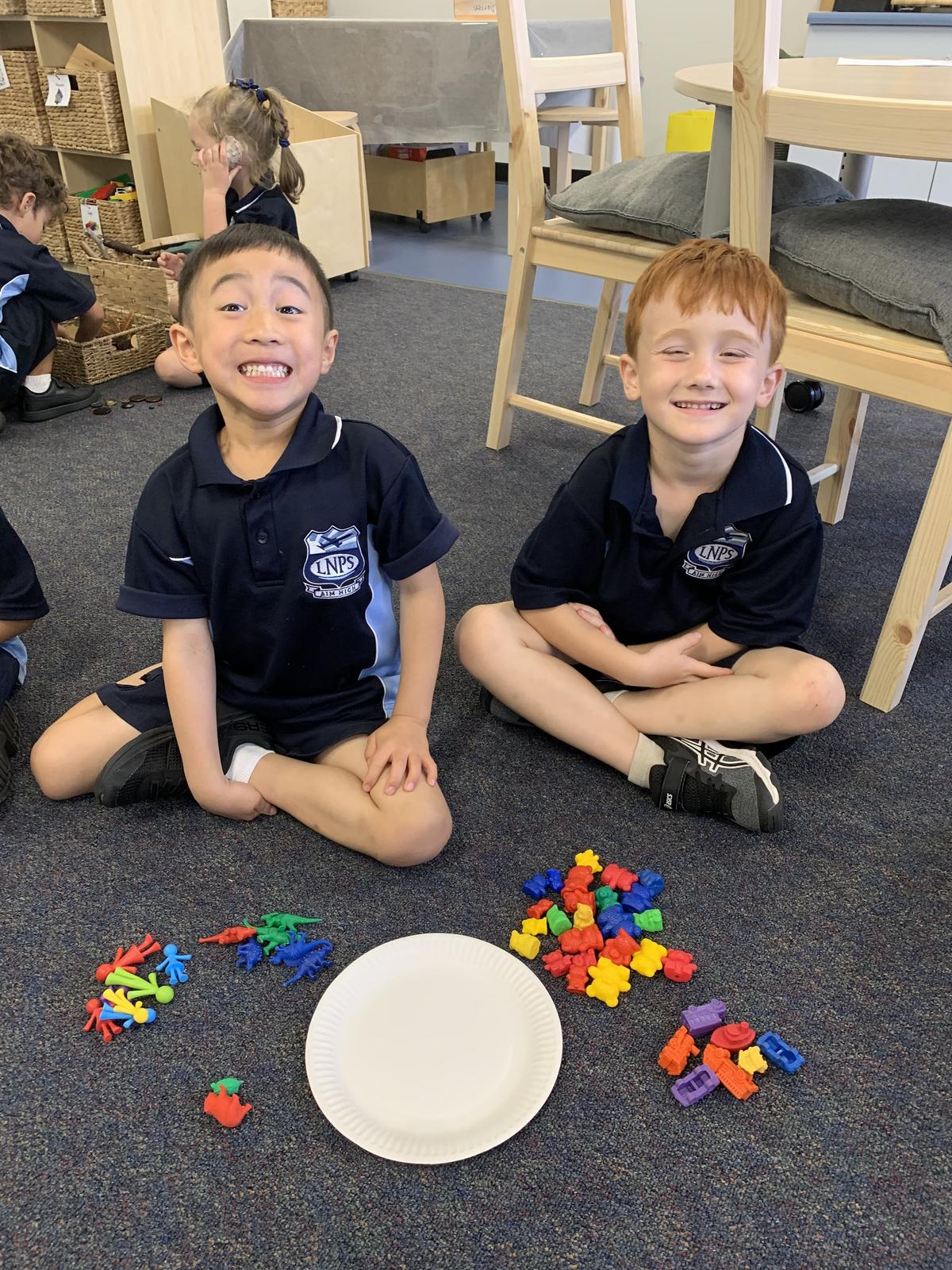
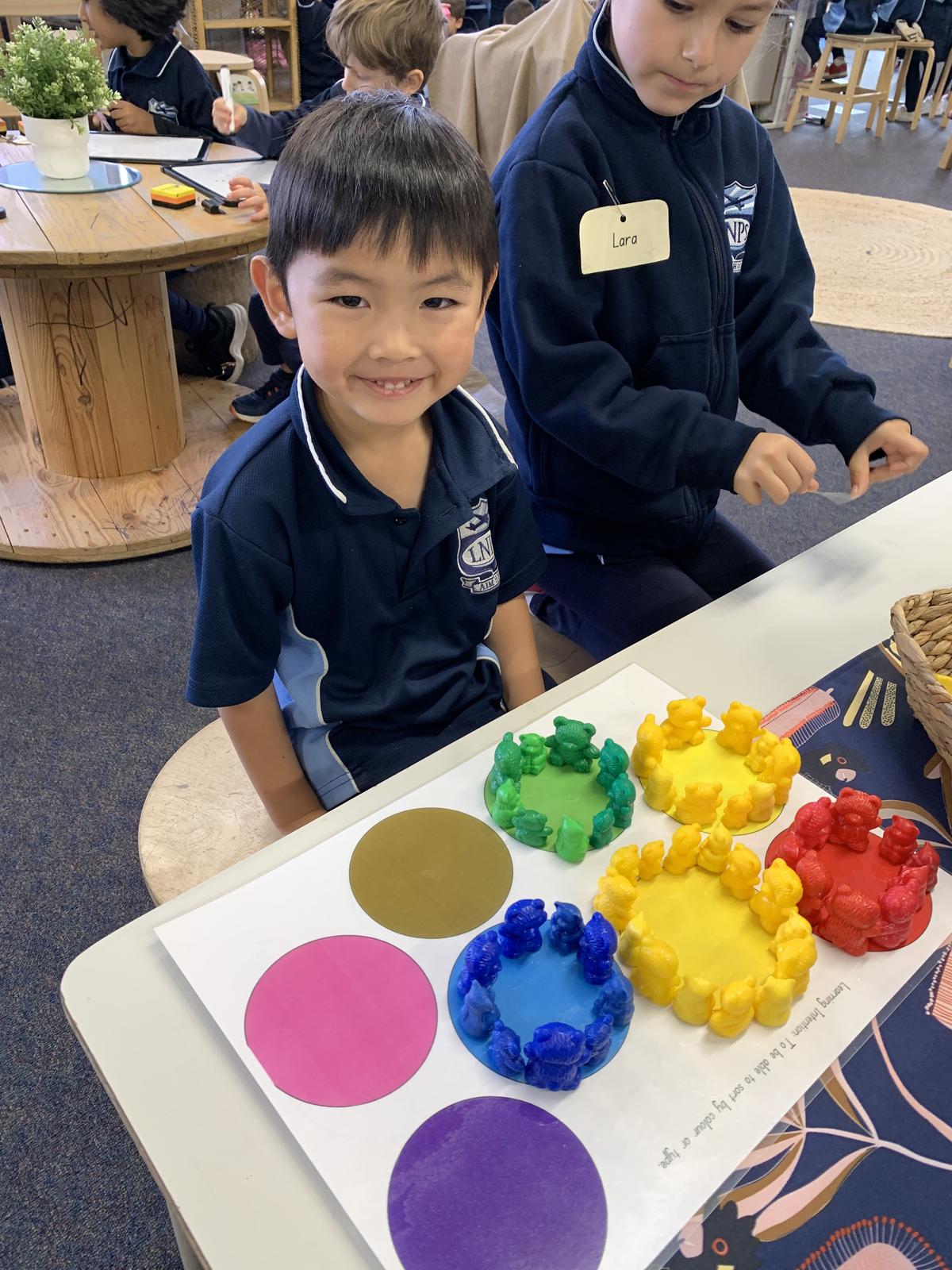
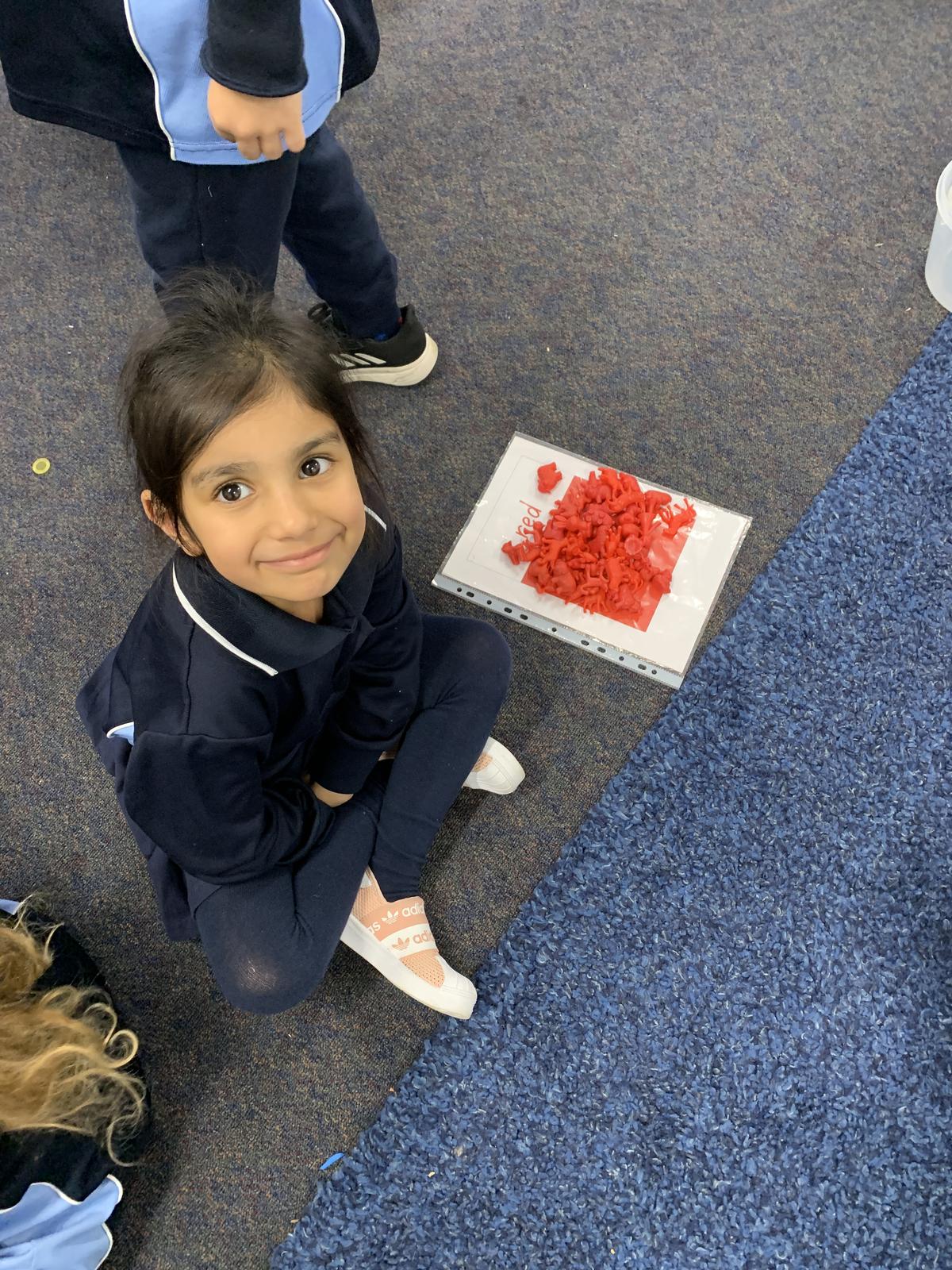
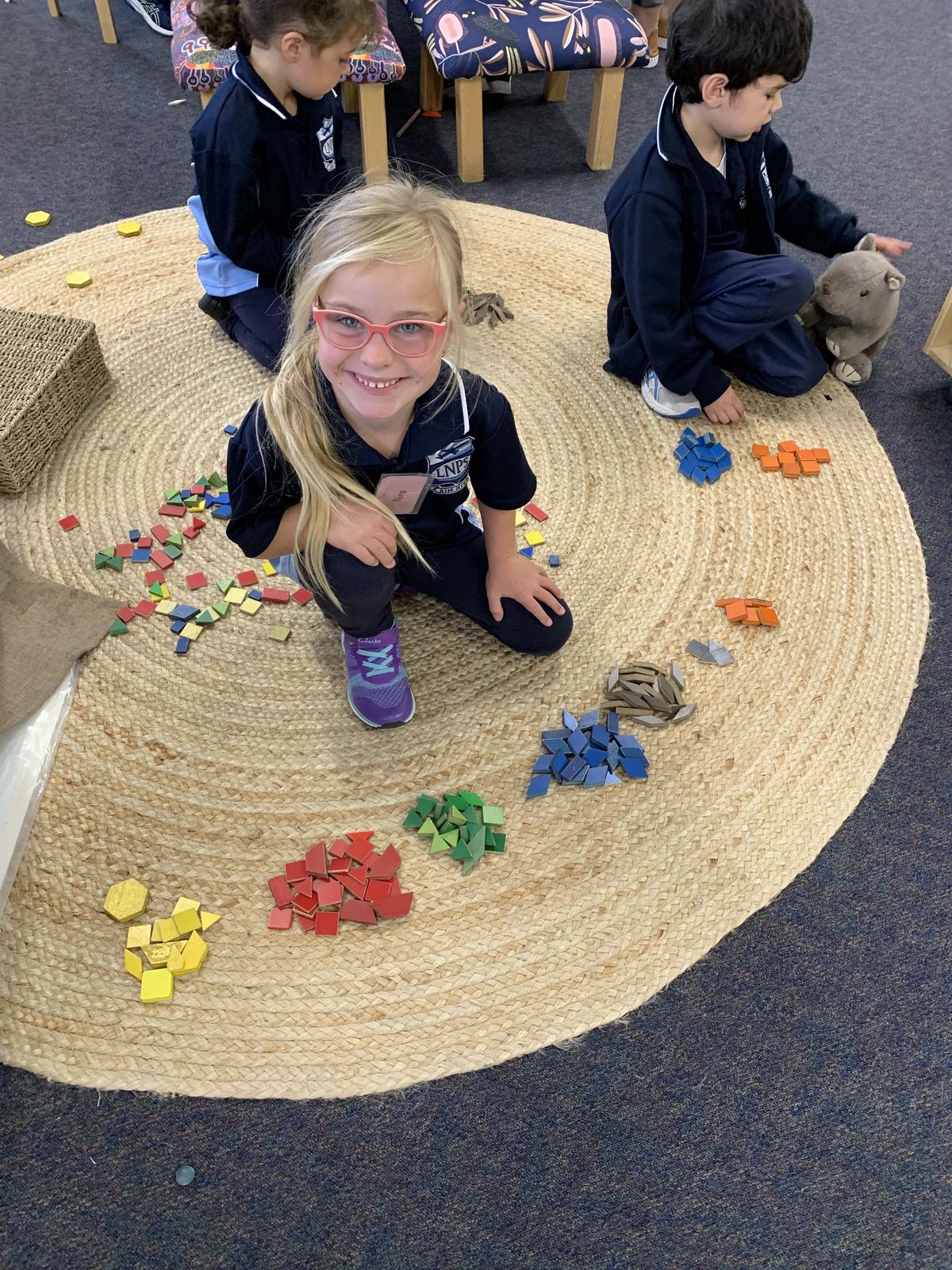












Children will also use these strategies during ‘Problematised Situations’ where they engage with realistic situations and apply their own thinking. Students can solve and record in their own way (pictures, numbers, words, tallies etc) and have access to concrete materials (counters, blocks) to assist them if required.
Children will be undertaking activities which will deepen their understanding of…
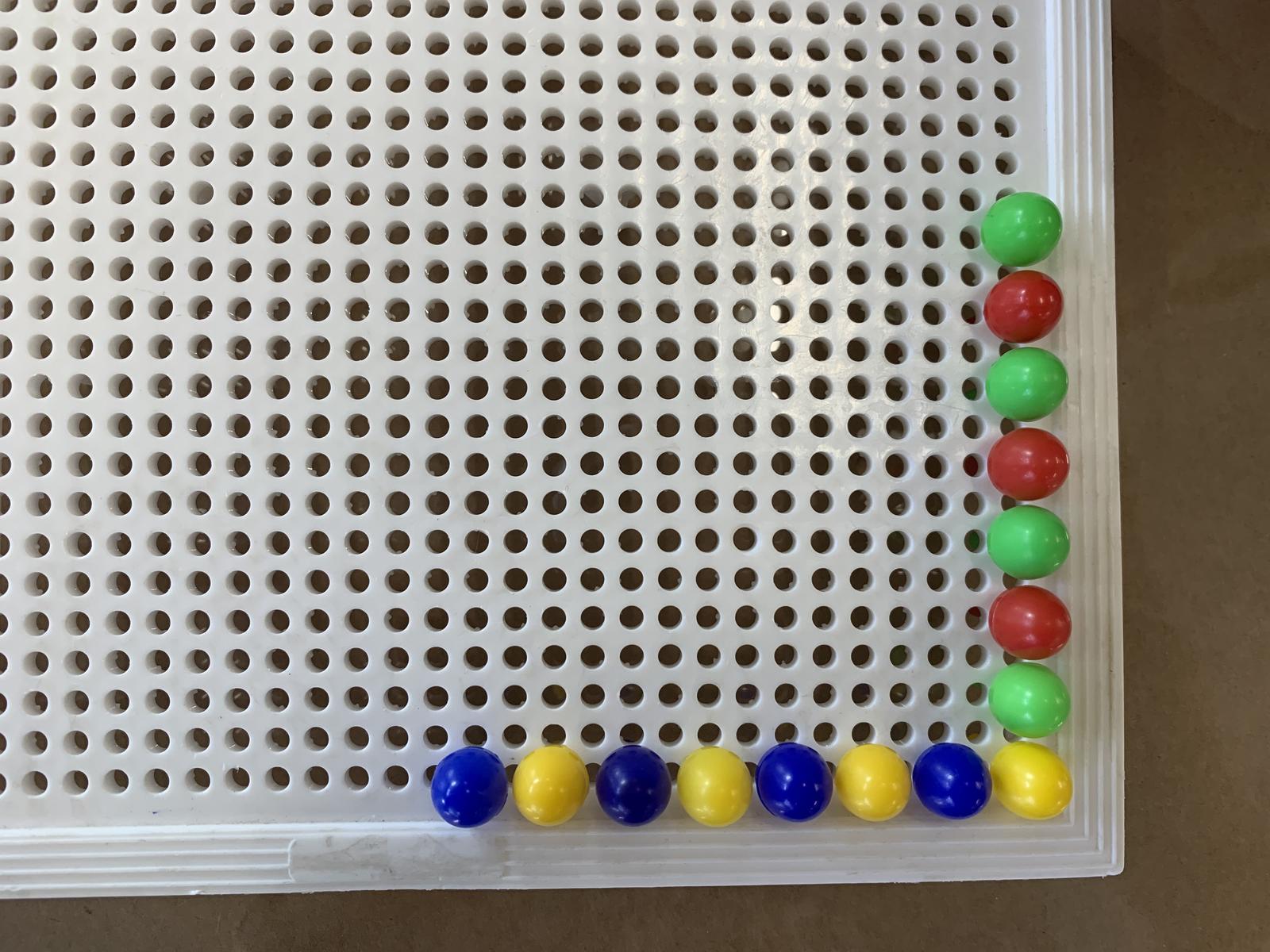
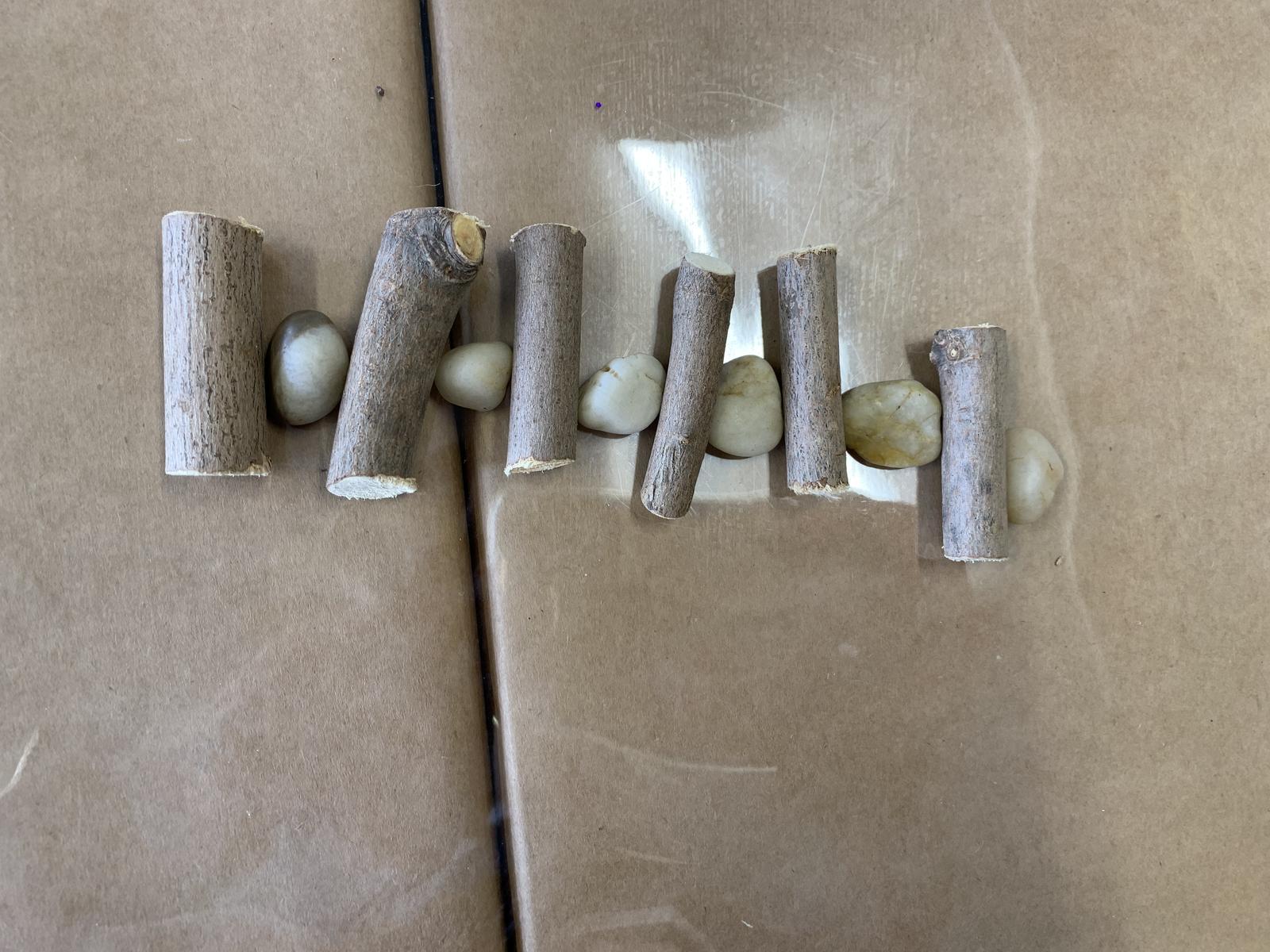

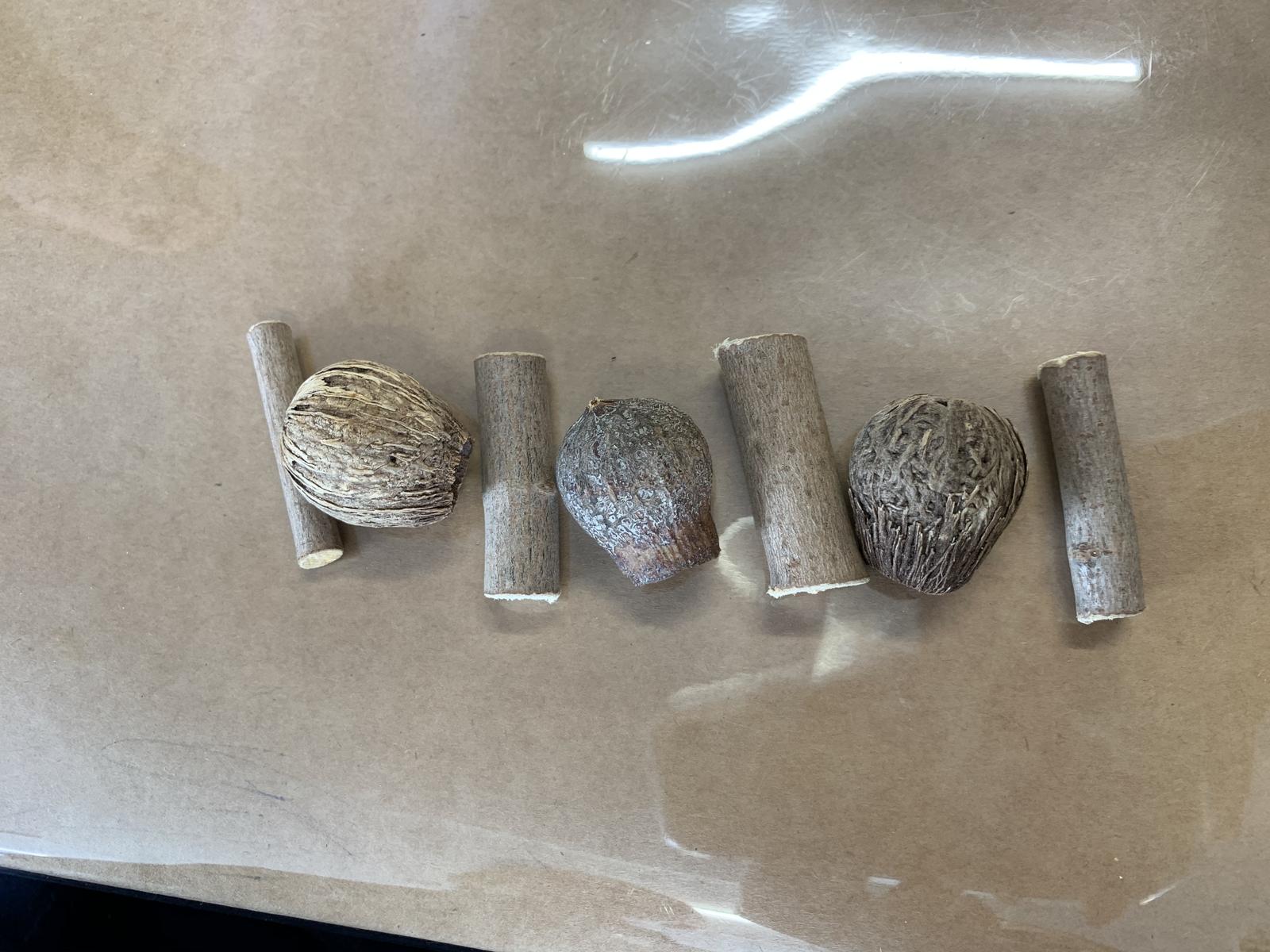
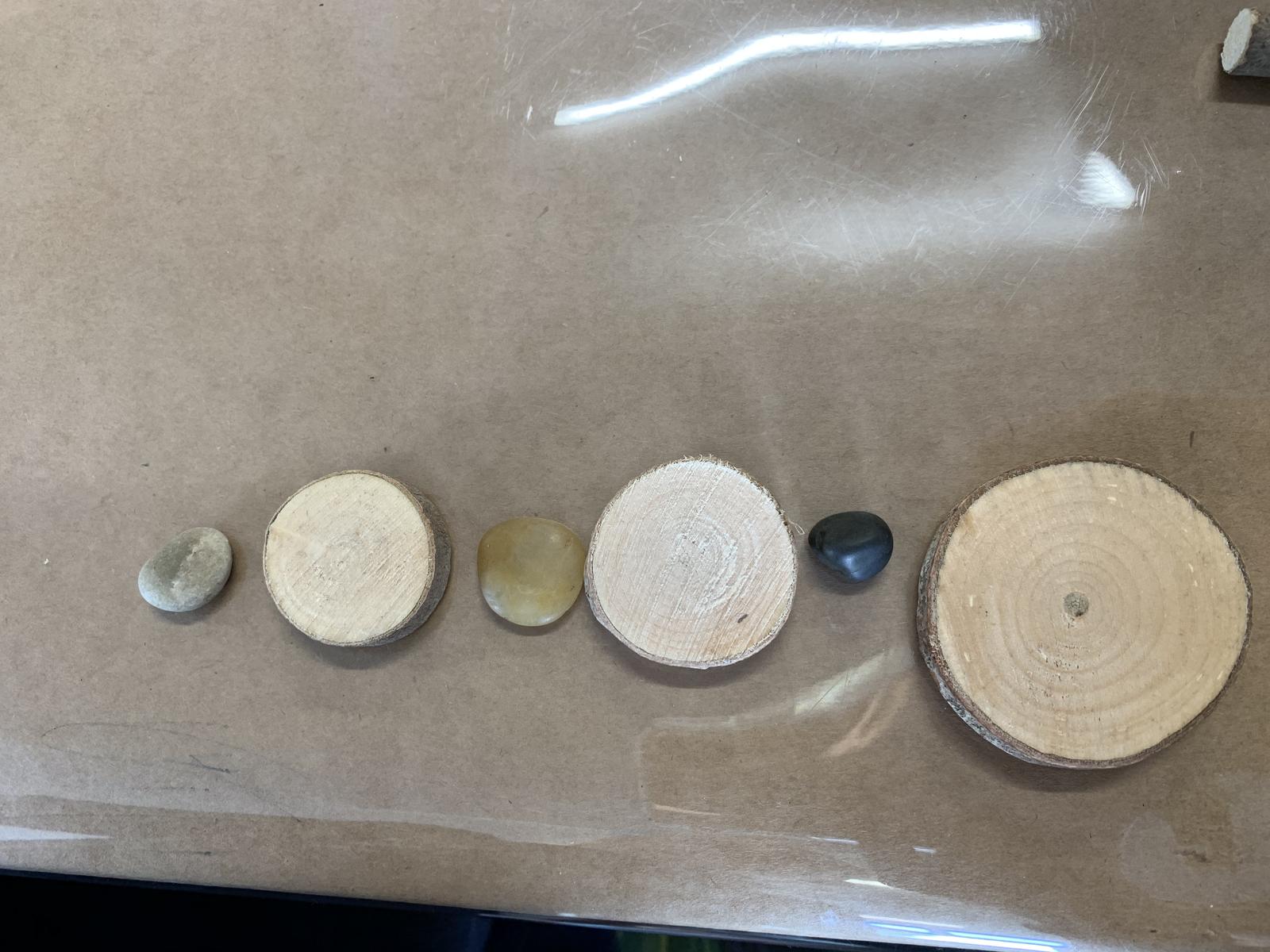
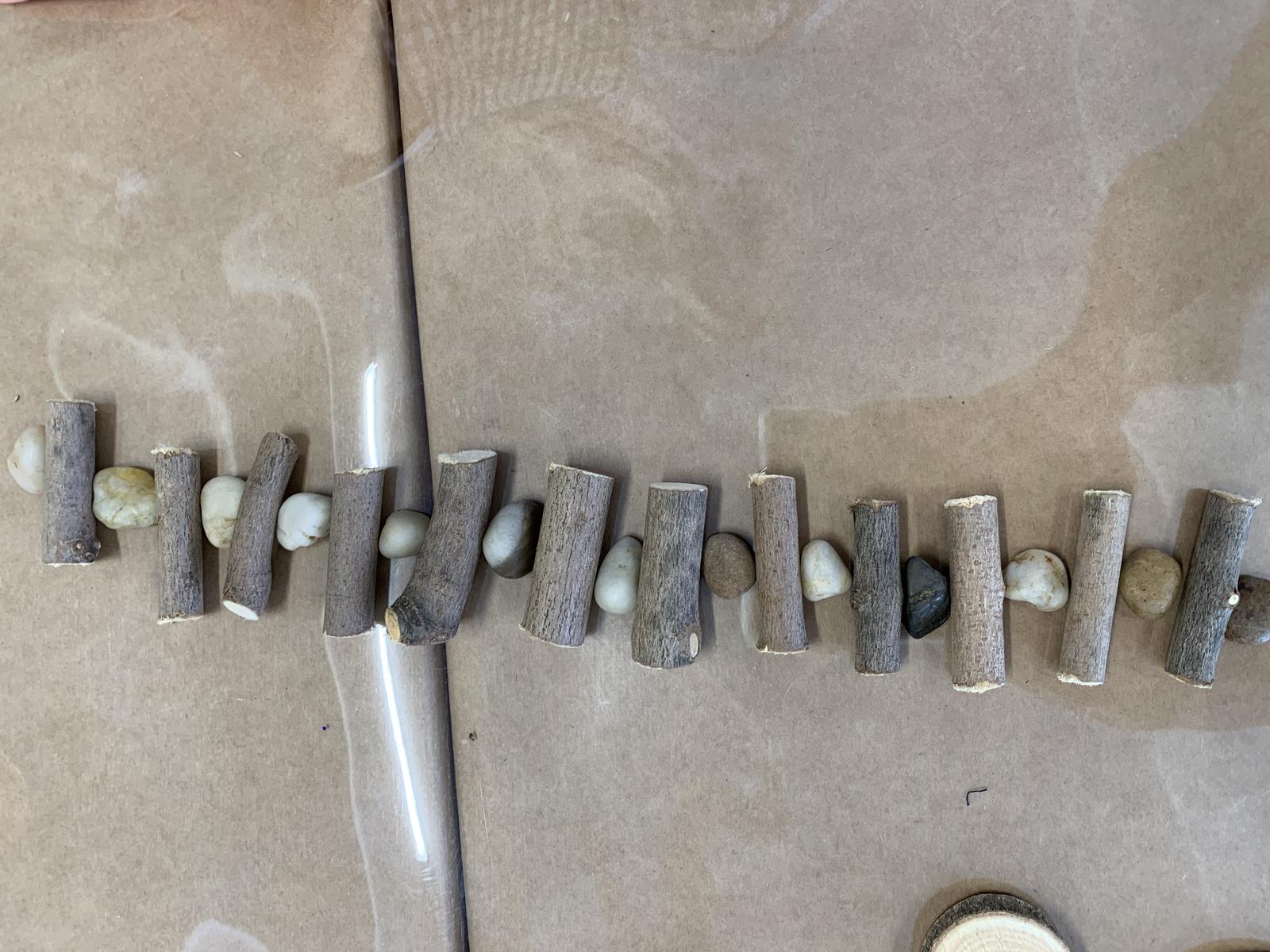
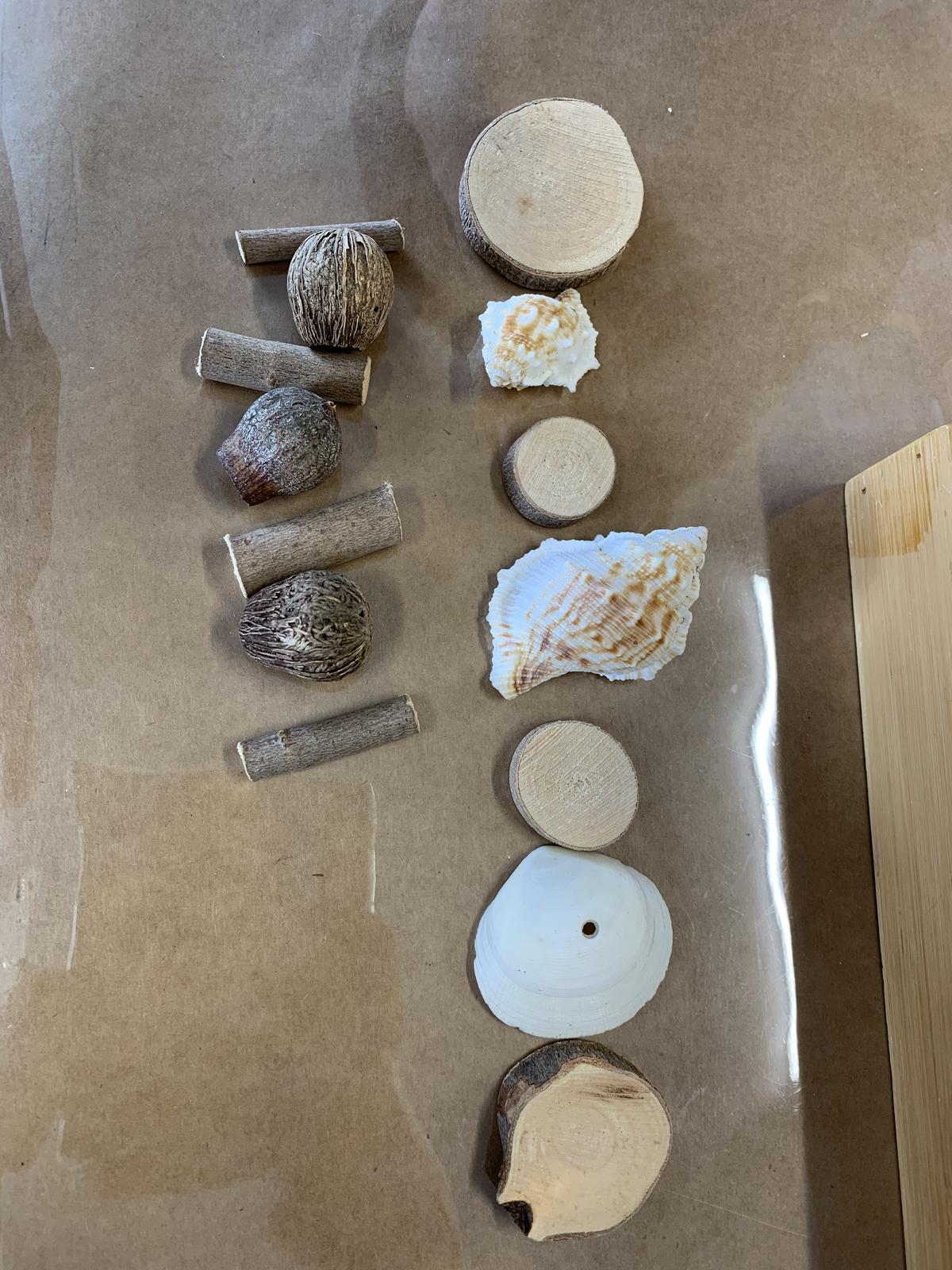
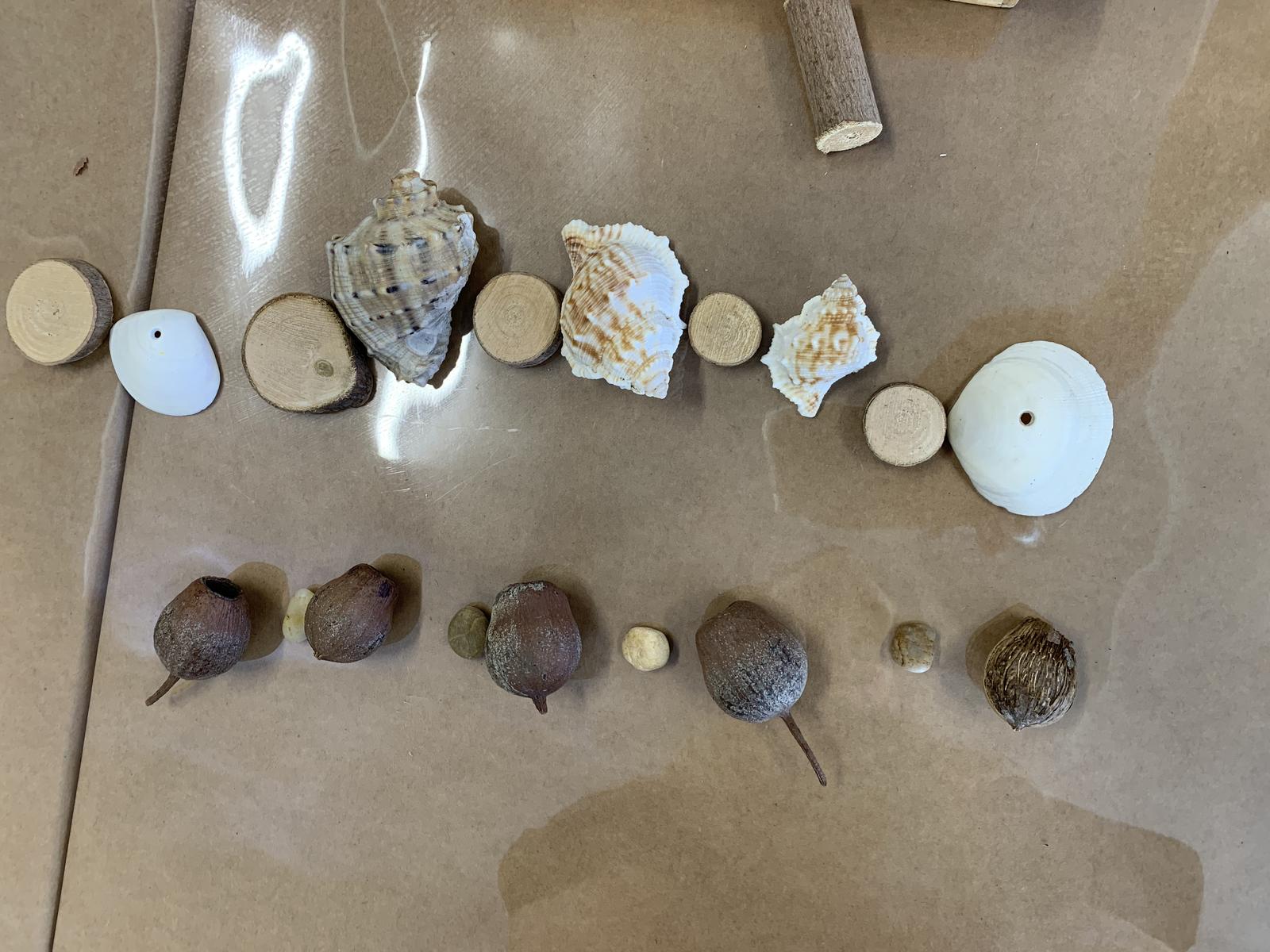
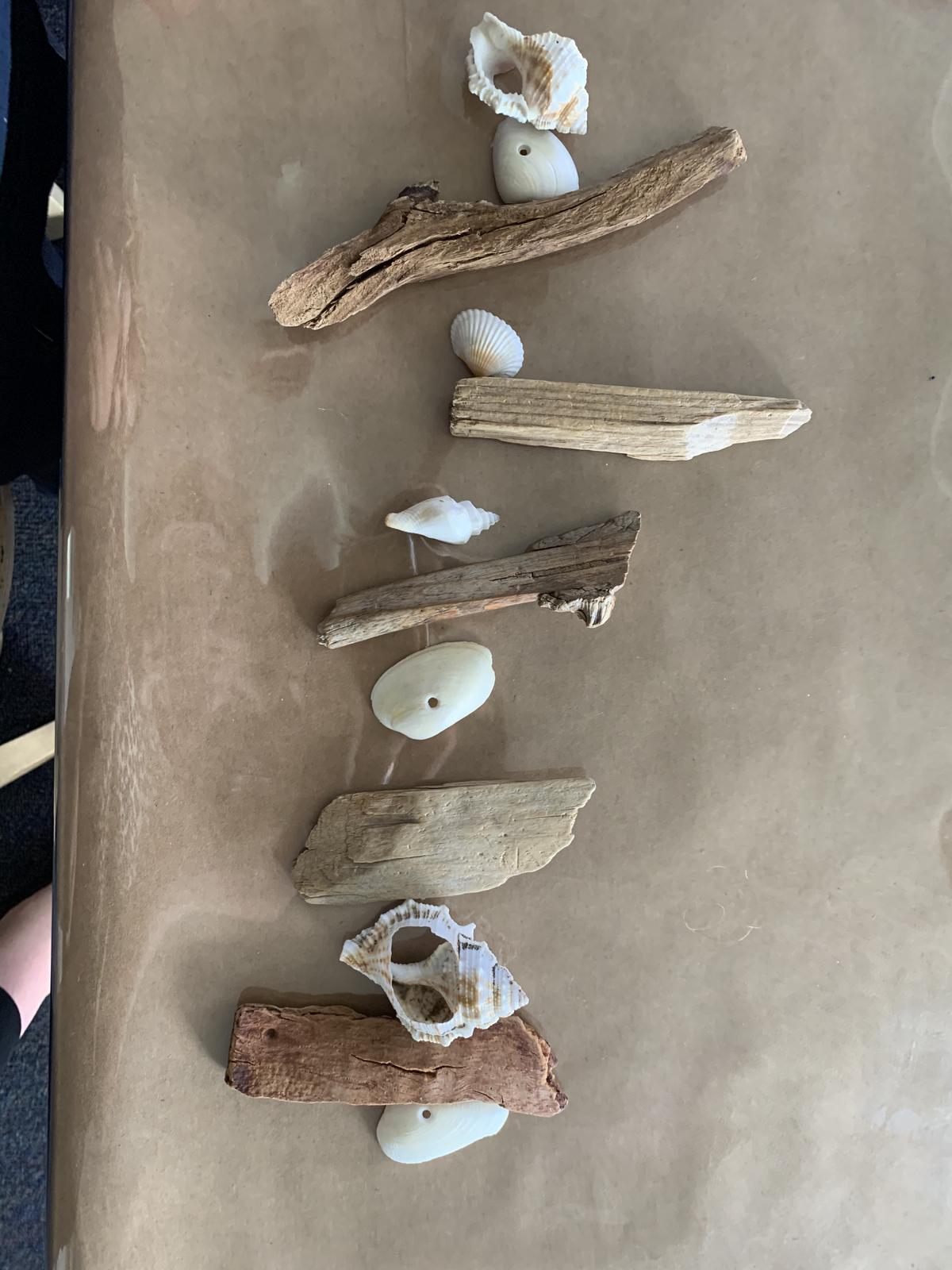

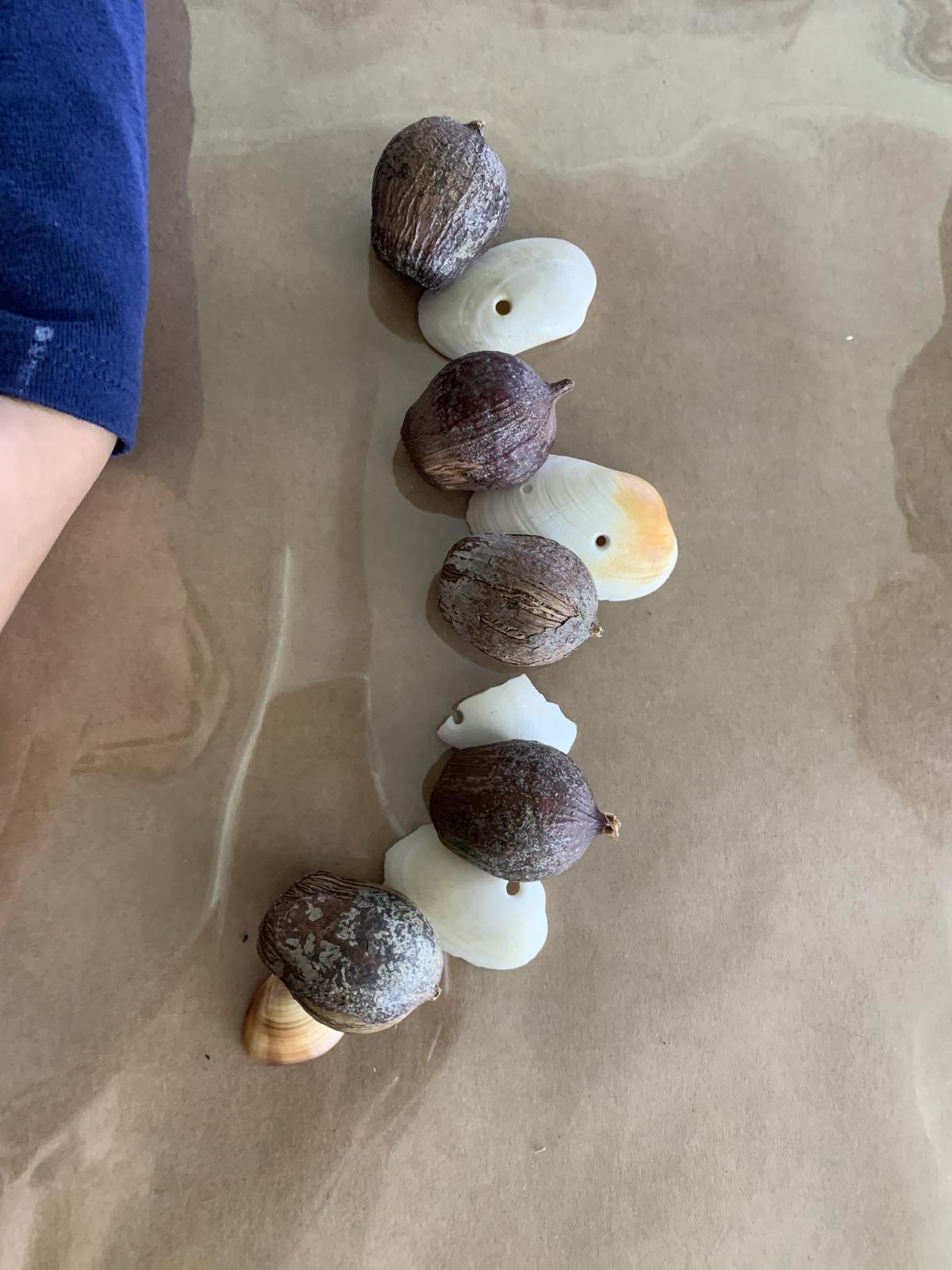
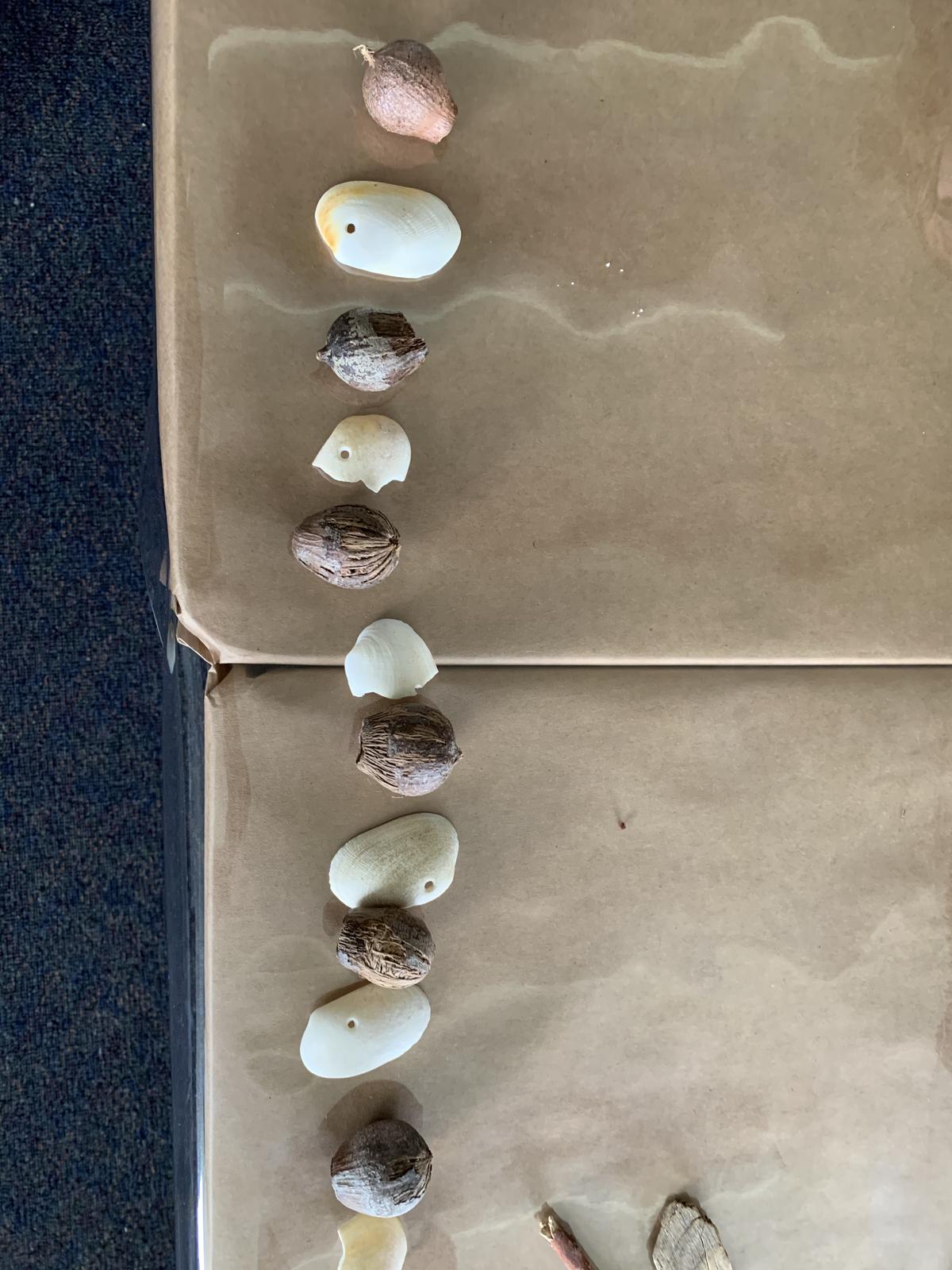
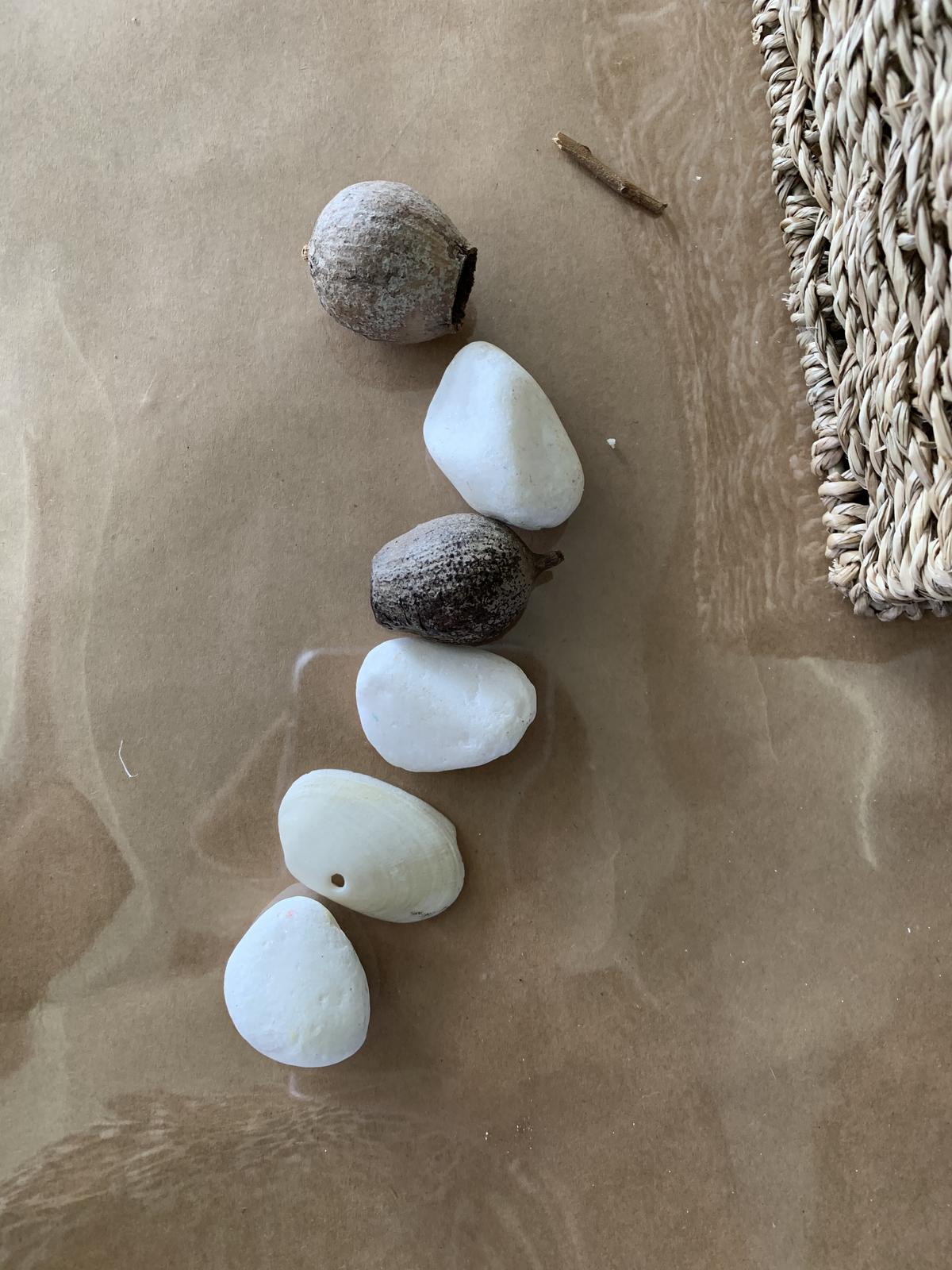













Children will explore and wonder about patterns in our world, with a focus on days of the week, months of the year and patterns of the day. They will connect days of the week to familiar events and actions and compare and order the duration of events using everyday language of time.
Children will also have opportunities to sort, describe and name familiar 2D and 3D shapes and explore the real life shapes in our world. They will be given many opportunities to copy, continue and create patterns with concrete objects, drawing and using technology.
Students will engage with hands-on activities where they will compare objects to decide which is longer, shorter, heaver, lighter, larger or smaller. As well as, experimenting with measurement using varied objects such as counters, beans and blocks and will be able to choose the best unit for measuring, using only one object at a time. Using familiar everyday objects, students will experiment with measuring different shapes and surfaces and will investigate the impacts of gaps and overlaps in measuring and their impact on the total length.